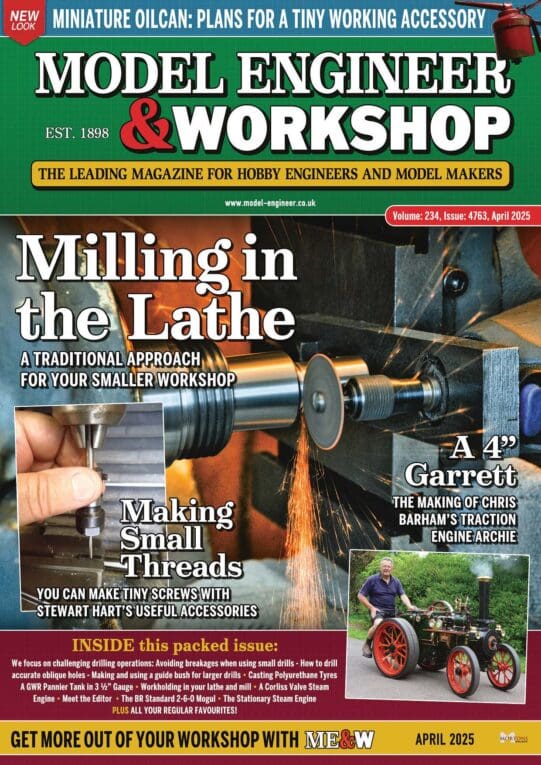Posted by John Haine on 06/09/2023 15:29:30:
Ah, Joe, deeper waters here…
If you impulse the pendulum exactly at the centre of its swing that has no effect on its period. If you apply the impulse early (or advance the phase of your sine wave drive) it makes the pendulum period slightly less; if late it makes it longer. This is "escapement deviation". (ED) Its magnitude depends on the phase shift and pendulum Q and for small errors the fractional change is phase/2Q.
…………………..
There have been designs that deliberately change the amplitude to adjust the clock, event to regulate it to an external reference. A problem with this is that the amplitude, and hence period, responds only slowly to impulse changes so the loop is very slow.
………………………..
What a few people (well certainly me and Dave I think) are proposing is to have the pendulum running as stably as possible with controlled amplitude (and in has case eventually in a vacuum), accumulate the phase of the pendulum then digitally correct this "post hoc" based on environmental observations before displaying the "time".
Thanks John:
I wrestle with the distinction between a few of your statements..
If you impulse the pendulum exactly at the centre of its swing that has no effect on its period
I presume this holds only if the impulse amplitude is a constant – will higher impulse amplitude decrease the period? Velocity is max at this point and a higher impulse will add to that? Or is this as I first stated – that all we are then doing is increasing the swing, not the period?
Impulsing Early – Is that before BDC, and late , after BDC?
Why would a late impulse increase the period? Are we not increasing the velocity just after the point the bob begins slowing down?
There have been designs that deliberately change the amplitude to adjust the clock, event to regulate it to an external reference. A problem with this is that the amplitude, and hence period, responds only slowly to impulse changes so the loop is very slow.
Intuitively I grasp why the response is slow in this mode – Reducing the pulse energy input does not in itself slow the pendulum – it has to run itself down – but pulsing with higher amplitude – would that not increase the pendulum amplitude in the same way and at the same rate as a phase shifted pulse ( the 'early pulse' )
What a few people (well certainly me and Dave I think) are proposing is to have the pendulum running as stably as possible with controlled amplitude (and in has case eventually in a vacuum), accumulate the phase of the pendulum then digitally correct this "post hoc" based on environmental observations before displaying the "time".
If i understand this correctly, then this is what I am trying to do as well…..Use my amplitude control loop to try fix the amplitude as hard as possible, use the adjusters to get close to 2sec at an environmental 'norm' (room temp, midway Baro reading, etc) and then let it run – the shift from that timing reference is then measured and used to correct computer time ( not pendulum timing) against the environmental changes.
What worries me though is that from what you say, it would seem I am would be wasting my time trying to perform timing adjustments on the pendulum, such as your early/late impulses would do, by changing only the amplitude of my sine wave drive, and not its phase….
edit – smileys…
Edited By Joseph Noci 1 on 06/09/2023 16:15:17
John Haine.





